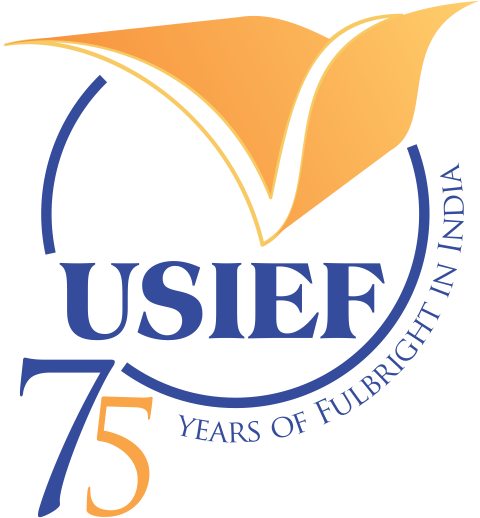Dr. Pavana Prabhakar is the Charles G. Salmon Associate Professor in the departments of mechanical engineering and civil and environmental engineering at the University of Wisconsin-Madison where she leads the Manufacturing and Mechanics Lab. She received her PhD in aerospace engineering from the University of Michigan in 2013 and her MS in civil and environmental engineering from the University of California in 2008. She received her BTech in civil engineering from the National Institute of Technology Karnataka in 2007.
Dr. Prabhakar has more than 15 years of research and teaching experience in composite materials with a specific focus on mechanics and advanced manufacturing. Her vision is to advance fundamental science for engineering damage-tolerant and resilient lightweight structures and materials for diverse applications in the aerospace, marine, wind, and automotive sectors. Her research occurs at the intersection of solid mechanics, advanced manufacturing, materials science, and computational science, and has been published regularly in reputed journals like Composites Part B, Composites Science and Technology, Materials & Design, Composite Structures, and Communications Materials.
Dr. Prabhakar has received numerous awards for her research, including the prestigious NSF CAREER (2021), ONR Young Investigator Program (2019), and AFOSR Young Investigator Program (2015). She is also the recipient of the 2019 American Society for Composites’ Young Composites Researcher Award given to an early-career member of the composites community who has significantly impacted the science and technology of composite materials through sustained research efforts. She also serves as an associate editor for Composites Part B. She is actively involved in the American Society for Composites and serves on its executive board as the membership secretary.
Dr. Prabhakar’s Fulbright-Nehru project is conducting fundamental research toward enabling greener and more sustainable solutions for next-generation composite materials, particularly natural fiber-reinforced polymer (FRP) composites, a critical study and opportunity area. This project is set to establish the fundamental process–structure–property relationships of natural FRP composite materials, thereby accelerating their widespread use and durability.

